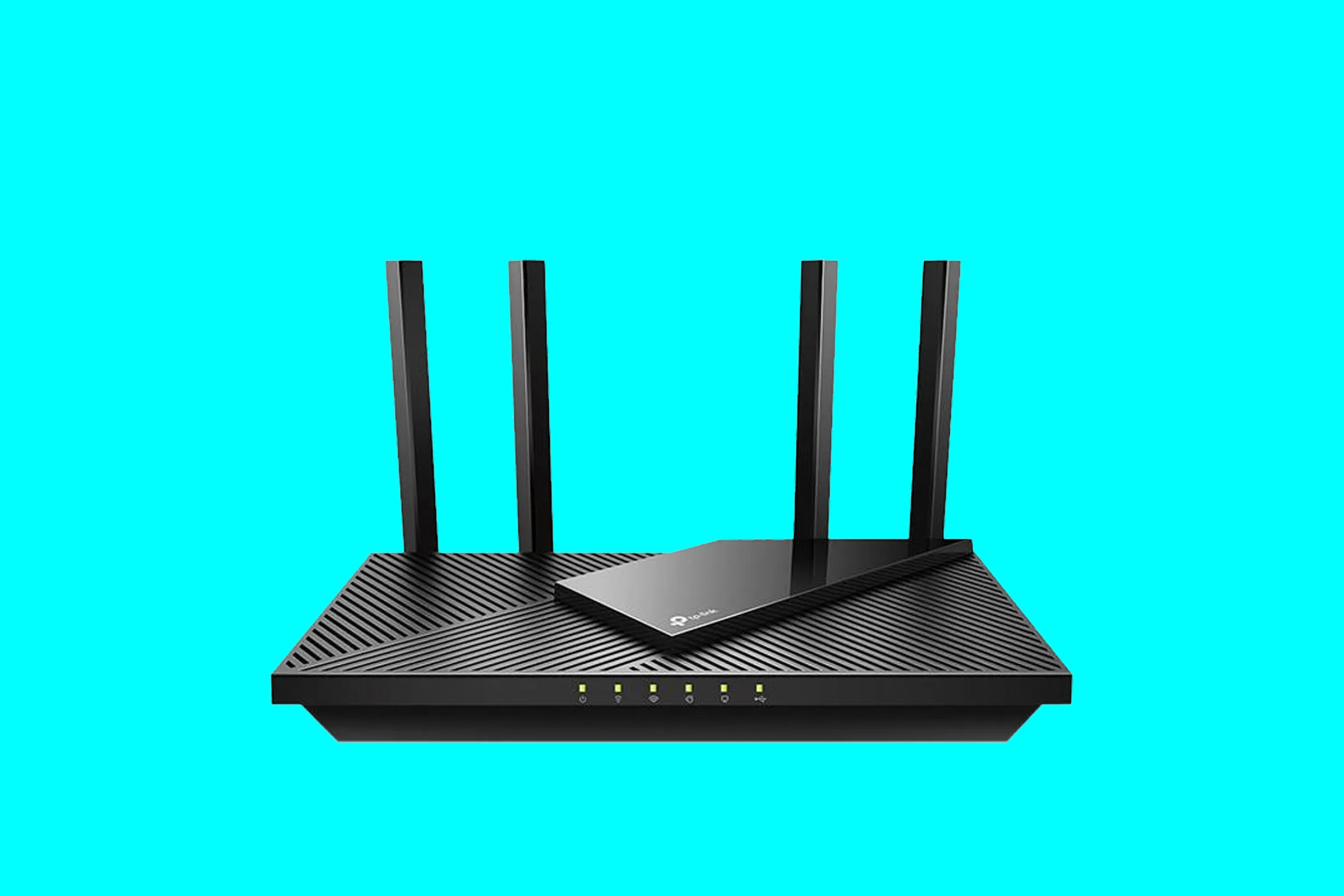There are many different features that you can look for when purchasing a router. Whether it’s wireless, wired, or the interface, you will want to ensure that you have all the right features to use appropriately. Here are the five most important things to check for in your router’s interface.
routers interfaces
When setting up your router, you must configure various interfaces. These are physical or logical connections between the router and the devices that you want to connect to it. You can configure different routers interfaces for different network layer transmission standards.
The show interfaces command is a valuable way to know more about the various interfaces of a router. It shows information about the interface’s status, type, and speed. In User EXEC mode, you can also use the sh int brie command to summarize the I.P. addresses of the connected devices.
A few other features to look for in a router’s interface include the ability to change interface parameters and configurations. Some models also have web interfaces that allow users to manage their routers.
Wireless
A wireless router provides Internet access to devices through an electronic hub. The device is similar to a gateway that connects modems to other computers. It is also like a network switch.
Some vendors provide apps for wireless devices. These require additional hardware and software to be installed. Some vendors try to coerce users into signing up for login accounts.
The web interface is the most common. This allows the user to manage home networks. Most vendors’ web interfaces have similar features.
Connect-list rules are designed to help limit the number of connections allowed. Management with a connect list is ordered, sequentially checked, and has a memorable “all” name. The default values from the wireless interface configuration are used if no connect-list rule matches a remote access point.
Wired Router
A router is a networking device that enables multiple devices to share an internet connection. A network switch also passes data from one computer to another.
Routers perform other functions crucial to a network’s efficient operation. A routing table is used to identify the path of a packet.
A web interface allows users to manage their home networks remotely. It can also be used to connect to other WiFi networks. Many networking vendors offer mobile apps for routers. The best part is most of them are free.
Typical routers have a variety of ports, including Ethernet, ADSL, and WiFi. Some models even come with USB ports built-in. These ports enable users to access the Internet using a smartphone or a USB modem.
Edge Router
Looking for several features in your Edge Router’s interface would be best. In addition to high availability, redundancy and sufficient traffic management, you should also consider the features that allow you to configure and manage your edge router easily.
For example, EdgeRouter X has a powerful graphical user interface (GUI). It provides easy access to your device, its health and configuration, and the services it supports.
Ubiquiti has a competitive line of edge routers. They are priced reasonably and provide an alternative to consumer-type routers.
EdgeRouter X offers a hybrid approach, providing flexible and dependable performance. The device has a lightweight case and a compact shape, making it suitable for use anywhere in a room.
The EdgeOS graphical user interface powers EdgeRouter X. This proprietary graphical interface is a web-based dashboard that gives users a quick overview of their interfaces, system health, and service configuration.
Core Router
Routers are network devices that act as gateways to other networks. They are used in a variety of applications. Routers play a crucial role in network operations, from connecting computers to the Internet to routing and directing traffic between different locations.
One of the main functions of a router is to analyze the following link and forward the exemplary data packet. In addition, they also help in reducing congestion by controlling the flow of incoming packets. The routing table, on the other hand, is a collection of routes that is a valuable tool in helping to ensure a packet gets to its destination in the most efficient manner. For example, a router will send a package through the best route if it knows the I.P. address of its goal.




